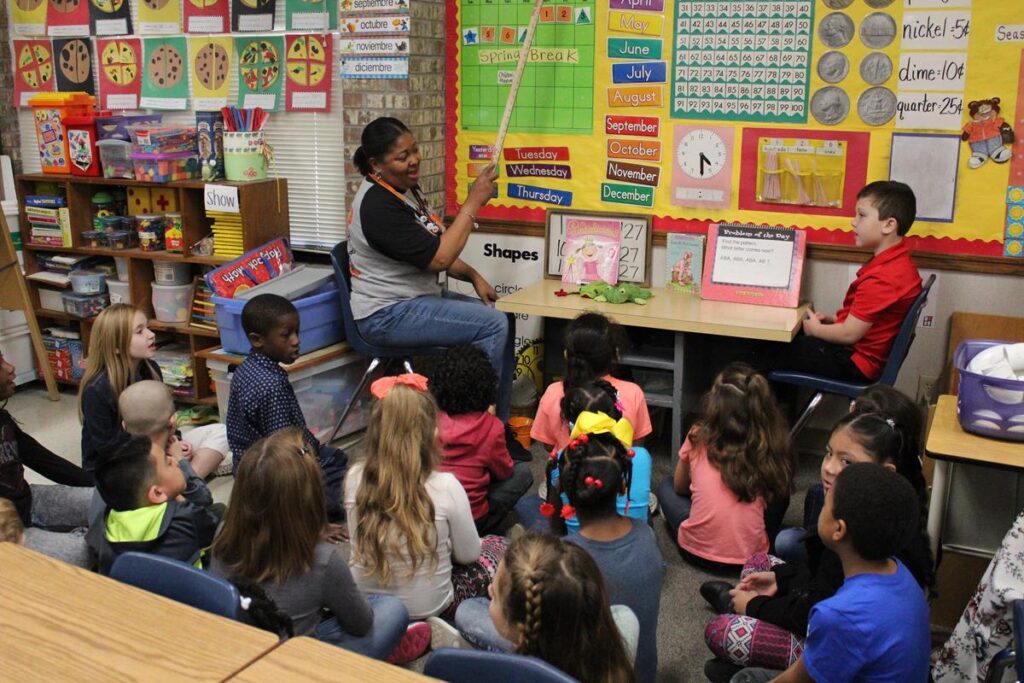
This weeks widely followed Program for International Student Assessment (PISA) results comparing the education attainment of 15-year-olds across much of the industrialized world found a floundering U.S. education system. American students’ performance plummeted from 25th to 31st in math, 11th to 21st in reading, and 20th to 24th in science. The result was amplified coming only weeks after our own National Assessment of Educational Progress (NAEP) disappointed once again.
Sandwiched between the two reports was one reason why America’s education system continues to lag. We keep investing in efforts that don’t produce results.
Senate Democrats introduced a new multibillion dollar early-education bill “building on the framework put forward by President Obama in his 2013 State of the Union address,” in which Obama championed free “high-quality” universal preschool for all 4-year-olds.
Good program, few results
If such efforts were likely to improve our kids’ performance, they should show consistent, positive and lasting gains as they move on in school. But those NAEP results provided no evidence that high-quality universal preschool has worked. Instead, early adopter states provide inconsistent and contradictory lessons.
Take the first two large states with well-established pre-k programs, Georgia and Oklahoma, established in 1995 and 1998, enrolling 59% and 74% of 4-year-olds.
Oklahoma’s test performance has deteriorated steadily over the past decade, stagnating at about the 40th rank at the fourth-grade level and falling eight places to 39th in reading and to 45th in math by eighth grade. In contrast, Georgia has produced eye-popping gains.
What’s the difference? Not what you’d expect.
According to the National Institute for Early Education Research, these programs are roughly similar in key respects — maximum class size and teacher-student ratio, combination of full-day and half-day operations. Both provide preschool in a variety of settings, ranging from public school facilities to community-based organization sites.
Beyond preschool, these states are roughly similar, with about $9,500 per child invested in K-12 education and about 60% of students qualifying for school lunch, a measure of the poverty level. Which eliminates a few obvious factors — operating features of the programs, K-12 investment levels or student economic status — that, if significantly different, might explain the NAEP outcomes.
The only obvious difference in the two programs is that Oklahoma’s poor-performing preschool effort has the markers of a “high-quality” program that advocates seek. Oklahoma spends more than twice as much per preschool child as Georgia does. And 20% of Oklahoma’s teachers hold master’s degrees, while Georgia has no master’s.
Past failures
So, increasing “quality” (more spending and higher teacher credentials) doesn’t seem to achieve much. If anything, Oklahoma’s case suggests that it is counterproductive.
None of this should come as a surprise. The educational track record of the original and the largest early childhood program, the $8 billion federal Head Start program launched in 1965 as part of the “War on Poverty,” undermines the educational case for universal preschool as well.
The rigorous multiyear Head Start Impact Study completed in 2012 found that Head Start “had few impacts on children in kindergarten through third grade.”
It also found that the program “did not show a clear pattern of favorable or unfavorable impacts for children.”
Wrong expectations
The point is not that preschool programs are worthless. We need them so parents can work. If we need them, they should perform to their potential. But that might not include significant educational advancement. Providing a warm, nurturing environment may be the proper role, not much more.
We simply don’t know.
But we should know before we pour billions more dollars into large, expensive “high-quality” universal preschool with grandiose expectations of significant educational gains — money and emphasis that might be better focused on K-12, helping America’s 15-year-olds to compete in the global arena.
As appeared in USA Today on Dec. 4, 2013.
![]()
Red Jahncke is a nationally recognized columnist, who writes about politics and policy. His columns appear in numerous national publications, such as The Wall Street Journal, Bloomberg, USA Today, The Hill, Issues & Insights and National Review as well as many Connecticut newspapers.


